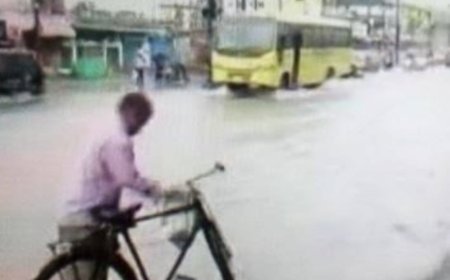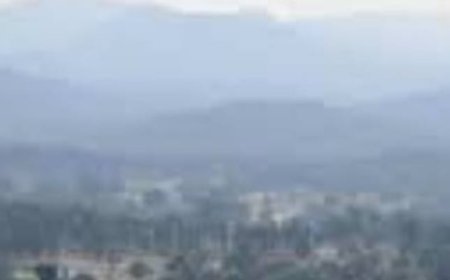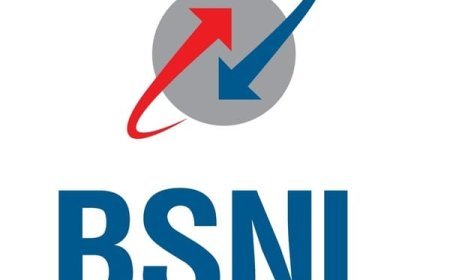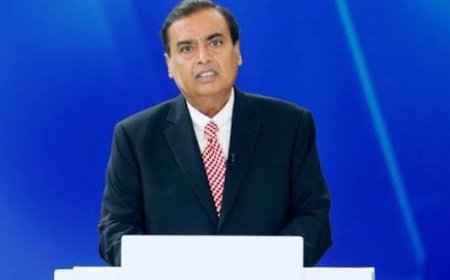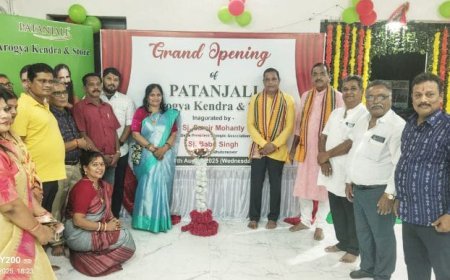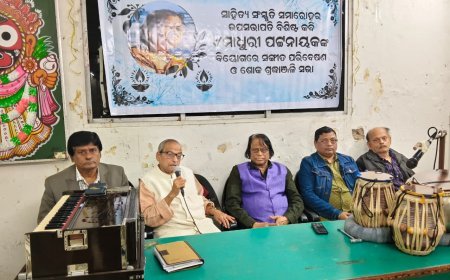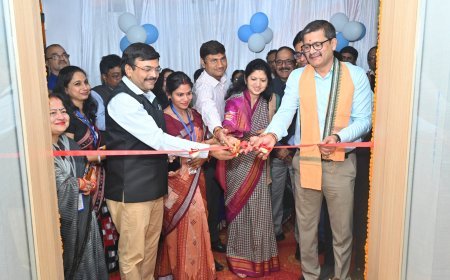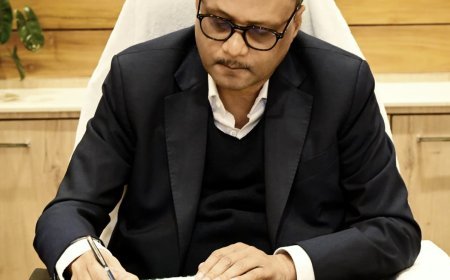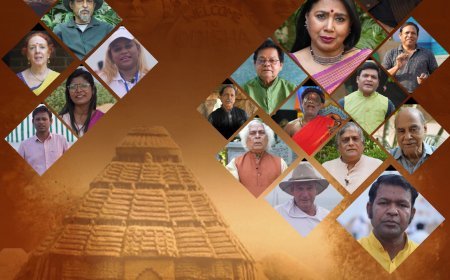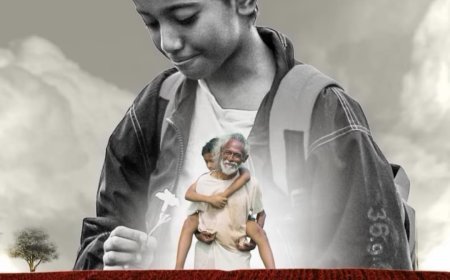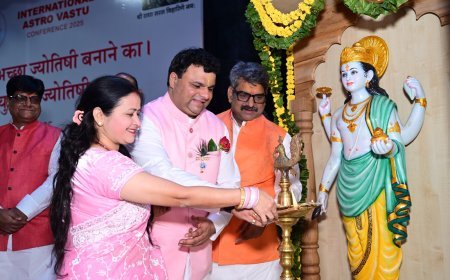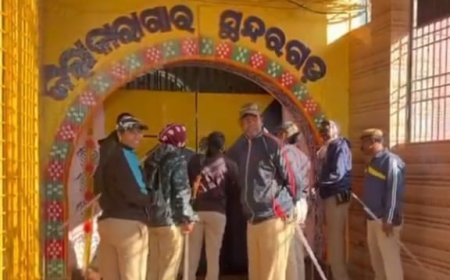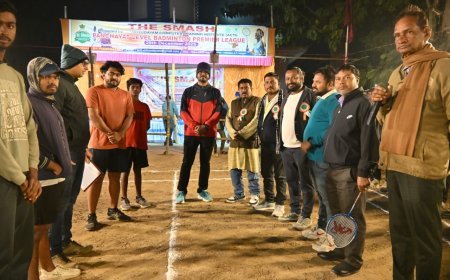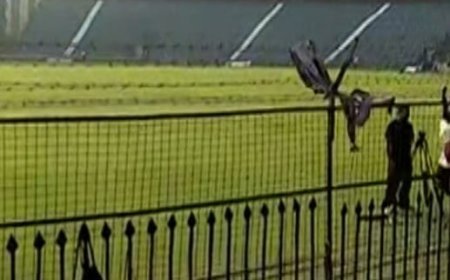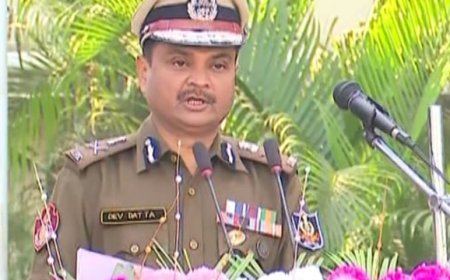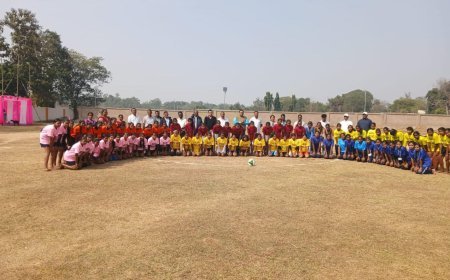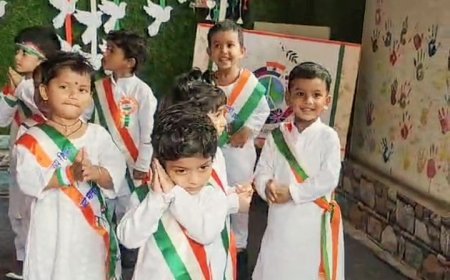The Changing Face of Education: More Than Just Marks
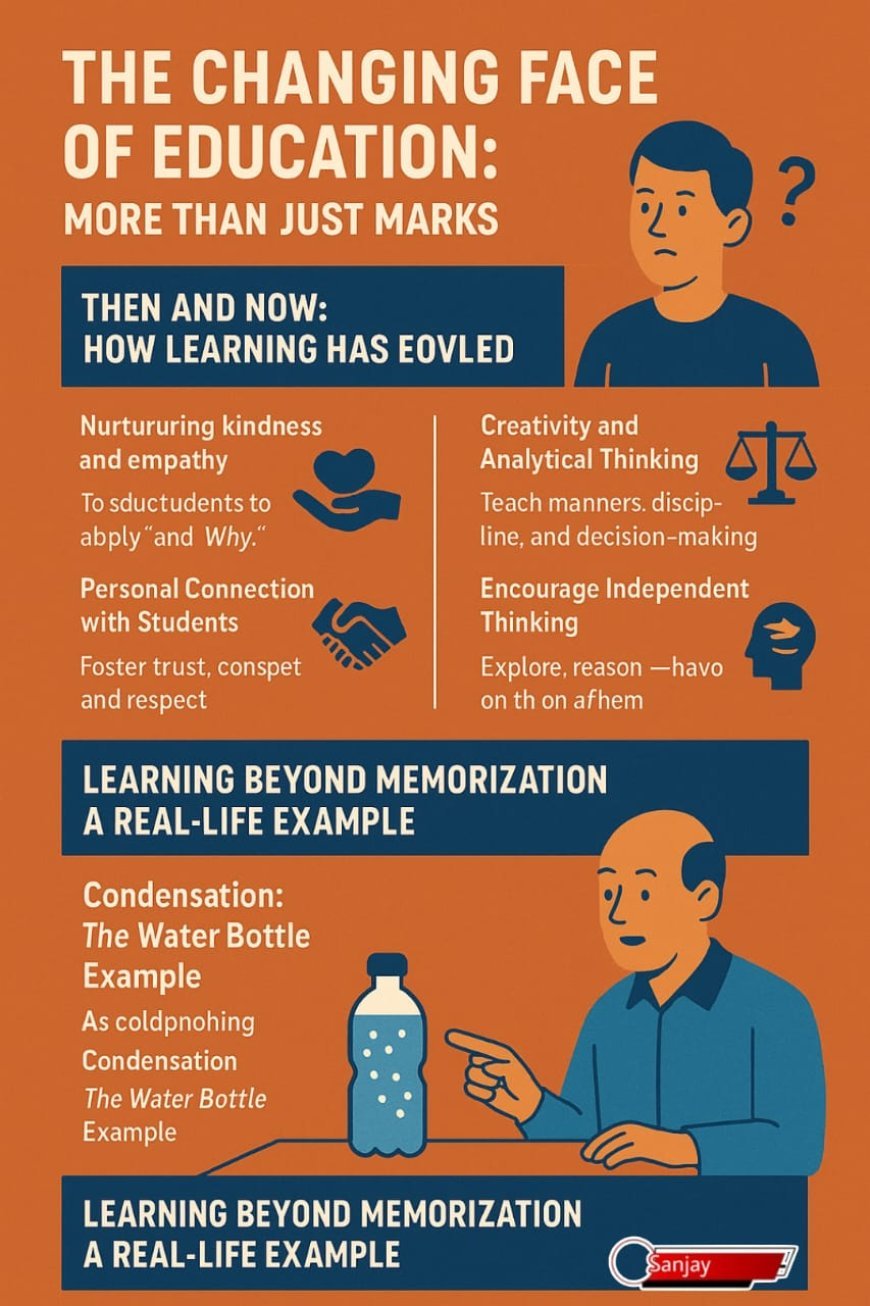
When I was in Class 5 at a Government M.E. School, our Headmistress once asked the entire class, “What is the aim of your life?”
When my turn came, I answered, “I would like to be a good human being.”
She flatly rejected my answer. On second thought, I replied, “I want to be a writer.”
That moment stayed with me. Over the years, in my pursuit of becoming a good human being, I’ve learned valuable humanitarian traits—not just from my parents, but from many ordinary people around me. That’s perhaps why noble individuals from all walks of life continue to inspire me.
Then and Now: How Learning Has Evolved
In our school days, a student’s intelligence was often judged by how well they recited multiplication tables or their understanding of English grammar—especially Tenses.
As we entered high school, we were introduced to algebra, geometry, mensuration, and trigonometry. We learned to solve equations and prove theorems—but rarely, if ever, did we ask:
“How will this help me in real life?”
Today’s students are different. They question. They want relevance. When they ask me, “Why should we study mathematics?” I tell them:
> “In mathematics, you are always asked to solve a problem. That’s the key—every problem has a solution. Learning mathematics teaches us that mindset: to think, explore, and eventually solve problems—whether in the classroom or in life.”

That, I believe, is one of the greatest life lessons math can teach.
A Shift in Teaching Approach: From Instructors to Mentors
Gone are the days when students relied solely on textbooks and teachers. Back then, our doubts were resolved by teachers and elders.
Now, information is literally at students’ fingertips. With one quick search, they often know more than their teachers.
That’s why the role of a teacher must evolve. Stereotypical, one-way teaching no longer works. Today’s students crave meaning, connection, and purpose. To meet their needs, we must add some crucial elements to the school curriculum:
What Should Schools Teach Beyond Academics?
1. Becoming Good Human Beings
The primary goal of education should be to nurture kindness, empathy, honesty, and compassion. Academic excellence should go hand in hand with human excellence.
2. Creativity and Analytical Thinking
Encourage students to ask “Why?” and “What if?” rather than just “What is the answer?”
3. Moral Values and Practical Life Skills
Teach manners, discipline, digital responsibility, time management, and decision-making. These are skills that last far beyond exams.
4. Personal Connection with Students
A good teacher-student bond fosters trust, confidence, and mutual respect. Students learn better when they feel seen and valued.
5. Encourage Independent Thinking
Instead of giving ready-made answers, guide students to explore, reason, and figure things out on their own.
As the saying goes, “Don’t give them fish—teach them how to fish.”
Learning Beyond Memorization: A Real-Life Example
I once asked a group of students who had passed Class 10 with flying colours:
> “What is the value of sin 30°?”
They immediately replied, “1/2.”
> “What is the formula for the area of an equilateral triangle?”
“√3/4 × (side)²,” they said confidently.
But when I asked them to derive the formula or explain why sin 30° equals 1/2, they struggled.
This highlights the need for deeper understanding. Memorization might help pass exams, but comprehension builds capability.
Making Learning Memorable: Simple Demonstrations to Strengthen Understanding
Demonstrations that visually connect classroom concepts to real-world experiences help high school students develop curiosity and a deeper understanding of science and mathematics. These practical, relatable activities not only make learning enjoyable but also aid long-term retention of concepts. Below are a few simple yet effective demonstrations based on topics students have already studied:

1. Condensation: The Water Bottle Example
Topic: States of Matter, Condensation, Water Cycle
Demonstration: Take a cold bottle of water out of the refrigerator and place it on a table. After a few minutes, water droplets appear on the outer surface.
Explanation: Water vapor present in the air condenses when it comes in contact with the cold surface of the bottle. This is due to a drop in temperature, which causes a phase change from gas to liquid.
2. Atmospheric Pressure: The Crushed Can
Topic: Air Pressure, Heat and Temperature
Demonstration: Heat a small empty soda can with a little water in it until steam comes out. Then quickly invert it into a bowl of cold water.
Result: The can is instantly crushed.
Explanation: The steam displaces air inside the can. When the can is suddenly cooled, the steam condenses, creating a partial vacuum. Atmospheric pressure then crushes the can.
3. Center of Gravity: Balancing a Ruler on Your Finger
Topic: Forces and Motion, Equilibrium
Demonstration: Balance a ruler on your finger and slowly move your fingers from both ends toward the center.
Explanation: Your fingers stop moving when they reach the center of gravity, balancing the forces on either side.
4. Refraction: Pencil in a Glass of Water
Topic: Light, Refraction
Demonstration: Place a pencil or straw in a transparent glass half-filled with water.
Observation: The pencil appears bent or broken at the surface.
Explanation: This is due to refraction — the bending of light as it passes from water (denser medium) to air (less dense medium).
5. Newton’s First Law: Coin and Card Trick
Topic: Inertia, Newton's Laws of Motion
Demonstration: Place a card on top of a glass and a coin on the card. Flick the card quickly sideways.
Result: The coin falls into the glass.
Explanation: Due to inertia, the coin remains in place when the card is removed, falling straight down due to gravity.
6. Simple Harmonic Motion: Pendulum Swing
Topic: Time Period of a Pendulum, Oscillations
Demonstration: Tie a stone to a string to create a pendulum. Swing it and measure the time for 10 oscillations.
Explanation: The time period depends on the length of the string, not the mass of the object.
Real-Life Applications in Mathematics
Measuring Tree Height Using Ratios:
Using a measuring rod and meter scale, students can measure the length of a shadow and apply ratios (as taught in mathematics) to estimate the height of a tree—without climbing it.
Calculating River Width Using Trigonometry:
Students can calculate the breadth of a river by using angles of elevation and trigonometric principles—without needing to swim across.
Learning Through Field Trips and Practical Exposure
When students are asked to write a composition on "A Visit to a Railway Station," those from rural backgrounds may struggle due to lack of exposure. They may rely on Google or textbooks, which limits emotional and sensory engagement. A short field trip to a nearby railway station can make the experience real and memorable. Similarly, instead of asking students to write generic essays like "The Cow," ask them to write about stray cows in their own village or town. This fosters critical thinking, observation, and contextual relevance.
The Role of Educators in Modern India
Educators today are not just transmitters of textbook knowledge—they are facilitators of curiosity, creativity, and critical thinking. In modern India, where the education system must cater to diverse learners across urban and rural areas, the role of a teacher has become increasingly dynamic. By blending theoretical instruction with experiential learning, educators can bridge the gap between classroom concepts and real-life applications. They must constantly innovate, inspire, and ignite the passion for lifelong learning, preparing students not just for exams but for life itself.
Conclusion: Teaching for the Future
Education must be a blend of knowledge, values, skills, and curiosity. It’s not just about what we teach—but how we teach and why we teach it.
Let us raise a generation that not only knows formulas and facts but can also think, feel, create, and contribute meaningfully to society.
Sanjay Pattnayak
Sundargarh

